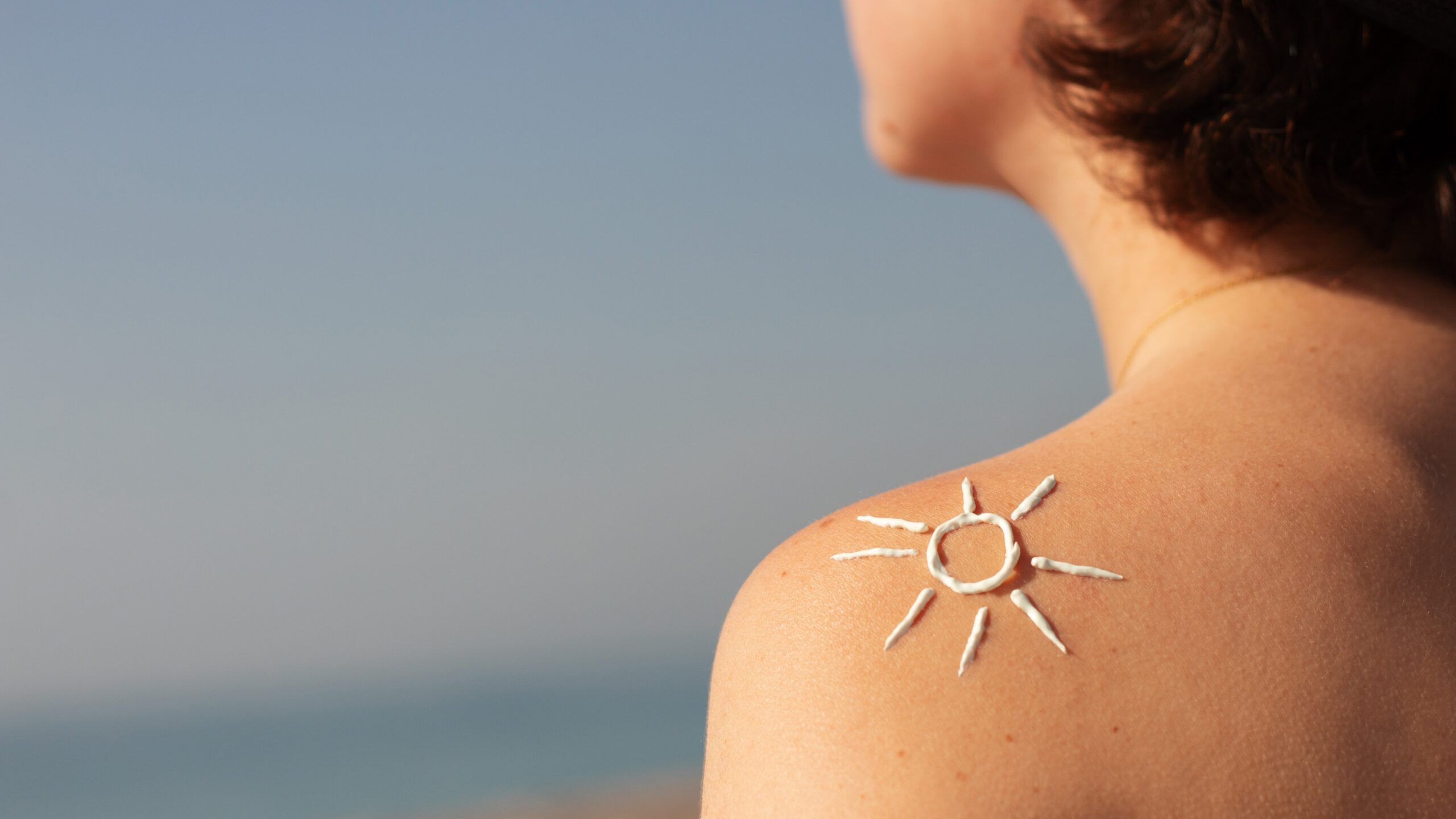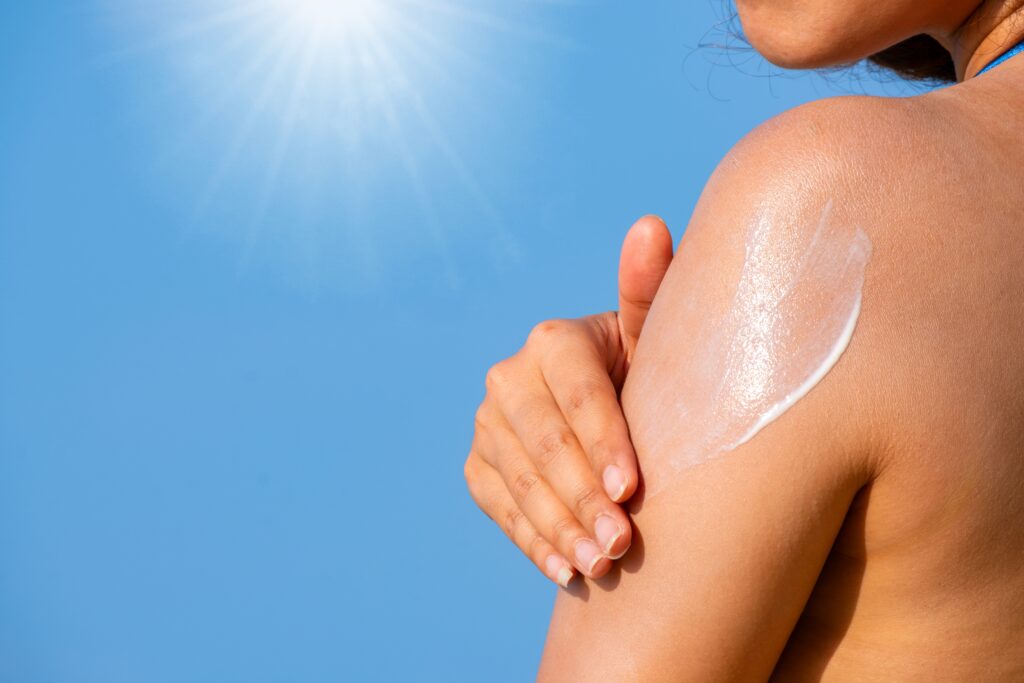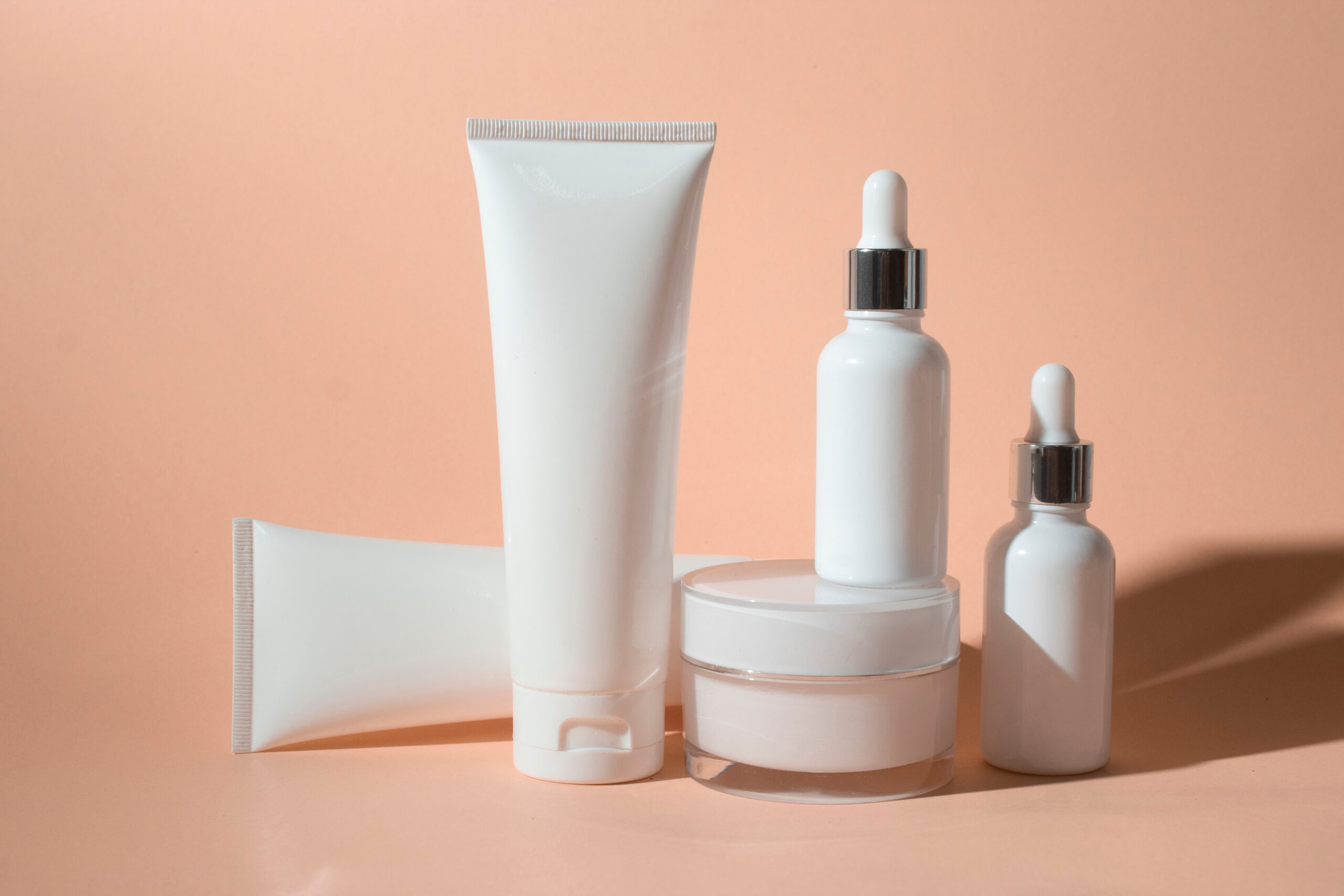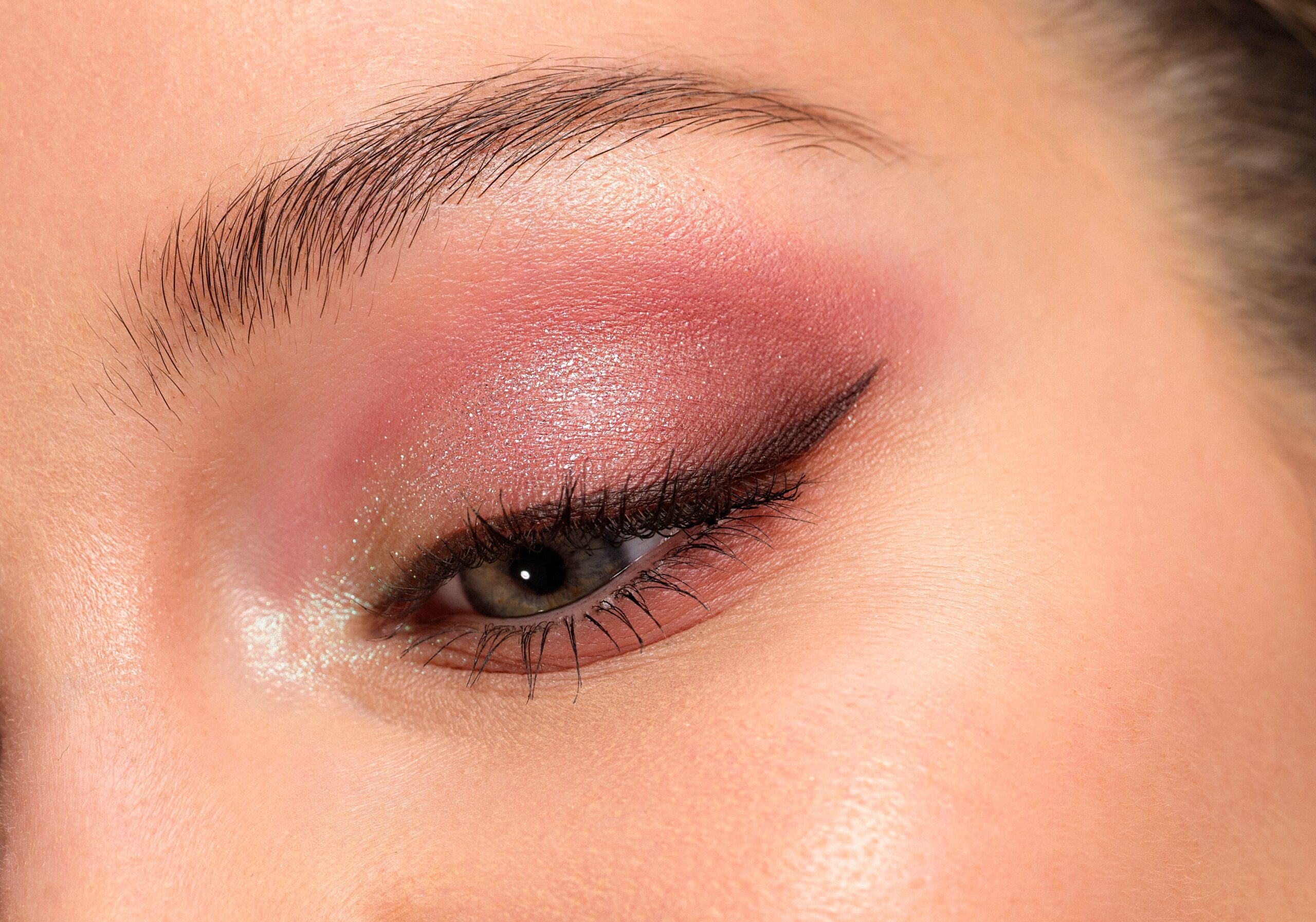
SPF Isn’t Optional: Why You Need Sunscreen Every Day (Yes, Even Indoors
Sunscreen isn’t just for beach days and sunny holidays — it’s an everyday essential. Whether it’s cloudy, cold, or you’re working from home by a window, your skin is still exposed to harmful UV rays. In this post, we break down exactly why SPF matters every single day, what happens when you skip it, and how to choose the right one for your skin. Spoiler alert: it’s one of the best anti-ageing products you’ll ever use.
Outline
- What Is SPF and Why It Matters
- The Two Main Types of UV Rays
- Indoor Exposure: The Surprising Truth
- SPF and Skin Ageing: The Connection
- How to Choose the Right Sunscreen
- SPF Myths – Busted
- Final Thoughts: Make SPF Your Daily Habit
What Is SPF and Why It Matters
SPF stands for Sun Protection Factor and it’s your skin’s shield against UV (ultraviolet) radiation.
- SPF 30 blocks ~97% of UVB rays
- SPF 50 blocks ~98%
This small percentage makes a huge difference over time. And contrary to popular belief, SPF isn’t just about avoiding sunburn — it’s about long-term skin health.
The Two Main Types of UV Rays
UVA (Ageing Rays):
- Penetrate deep into the skin
- Cause premature ageing (wrinkles, sagging, hyperpigmentation)
- Present year-round, even on cloudy days
- Can pass through glass windows
UVB (Burning Rays):
- Affect the surface of the skin
- Cause sunburn and redness
- More intense during summer or direct sun exposure
Even on a grey day, up to 80% of UV rays still reach your skin.
Indoor Exposure: The Surprising Truth
“I’m inside all day — do I really need SPF?”
Short answer: Yes. Absolutely. Every day.
Here’s why:
- UVA rays can penetrate windows, including those in your home, car, or office
- Blue light from screens (phones, laptops, tablets) may contribute to hyperpigmentation and skin stress over time
- Spotlight lighting, studio lighting, and some LED bulbs also emit low levels of damaging rays
📍 If you can read a book by natural light indoors, you’re still being exposed to UV.
SPF and Skin Ageing: The Connection
Did you know? Up to 90% of visible signs of skin ageing are caused by sun exposure.
Without daily SPF, your skin is more vulnerable to:
- Fine lines and wrinkles
- Dark spots and uneven tone
- Loss of firmness
- Redness and irritation
- Increased risk of skin cancer
🧴 Sunscreen is the most powerful anti-ageing product you’ll ever use — and it’s often cheaper than fancy serums.

How to Choose the Right Sunscreen
🧴 Choose based on skin type:
| Skin Type | Ideal Formula |
|---|---|
| Oily / Acne-prone | Gel or fluid, oil-free, non-comedogenic |
| Dry / Dehydrated | Cream-based with hydrating ingredients |
| Sensitive | Mineral (zinc oxide or titanium dioxide) |
| Combination | Lightweight lotion or hybrid formulas |
Choose based on features:
- SPF 30 minimum (SPF 50 ideal)
- Broad spectrum (protects from UVA and UVB)
- Non-comedogenic (won’t clog pores)
- Fragrance-free for sensitive skin
- Water-resistant if you’re outdoors or sweating
📌 Make sure you apply enough — about a teaspoon for your face and neck.
SPF Myths – Busted
“I don’t burn easily, so I don’t need sunscreen.”
→ You’re still at risk of DNA damage and ageing. Tanning = skin trauma.
“My makeup has SPF, that’s enough.”
→ You’d need 7+ layers of foundation to get full protection.
“It’s cloudy or rainy, so I’ll skip it.”
→ Up to 80% of UV rays penetrate clouds. Weather ≠ UV risk.
“Sunscreen makes my skin greasy or breaks me out.”
→ You’re likely using the wrong formula. There are brilliant lightweight options now.
Final Thoughts: Make SPF Your Daily Habit
Wearing SPF daily is the easiest skincare upgrade you can make — and it pays off big time.
Think of it as brushing your teeth: a daily non-negotiable that protects you now and in the future.
🌞 Apply it every morning. Reapply if you’re outside. No matter your skin tone, weather, or lifestyle — sunscreen is for you.


